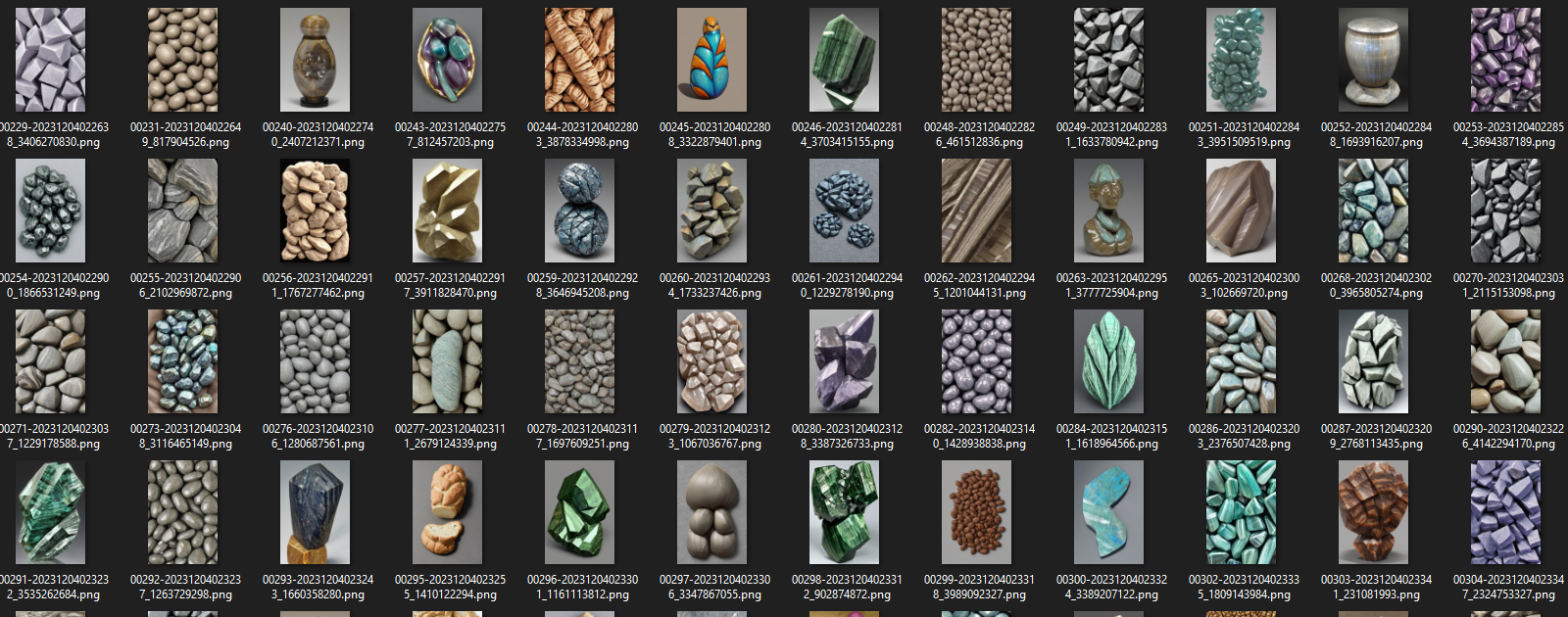Like many other concepts in SD, the generation of minerals has its own laws.
I would like to share some observations.
Here are examples of non-existent generated minerals that can be used as an indication of the material.
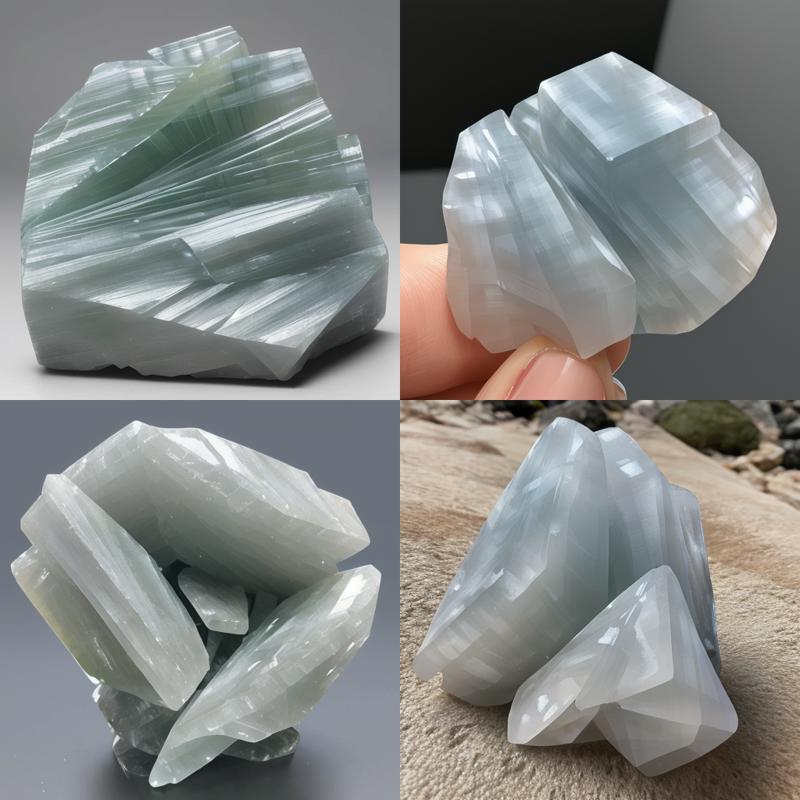

There are countless such materials in the consciousness of SD. From the most primitive stones to unusual and fantastic concepts that also serve as materials.
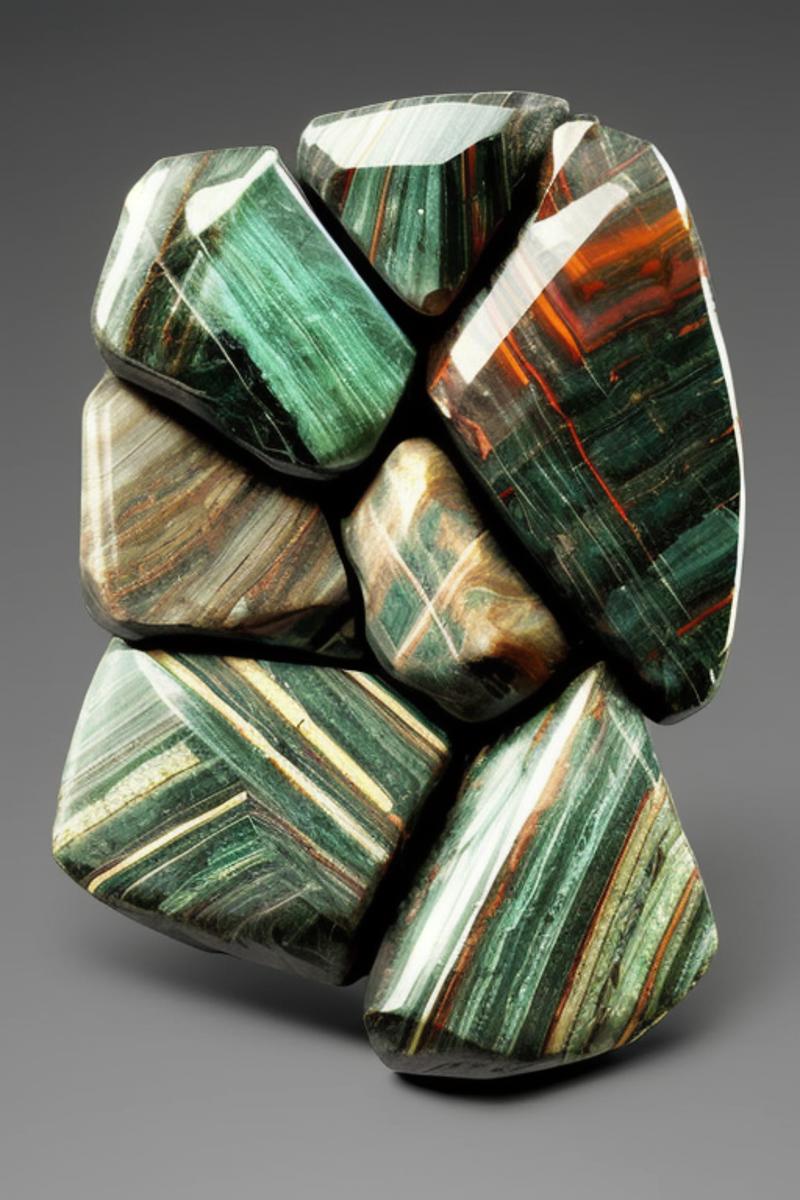
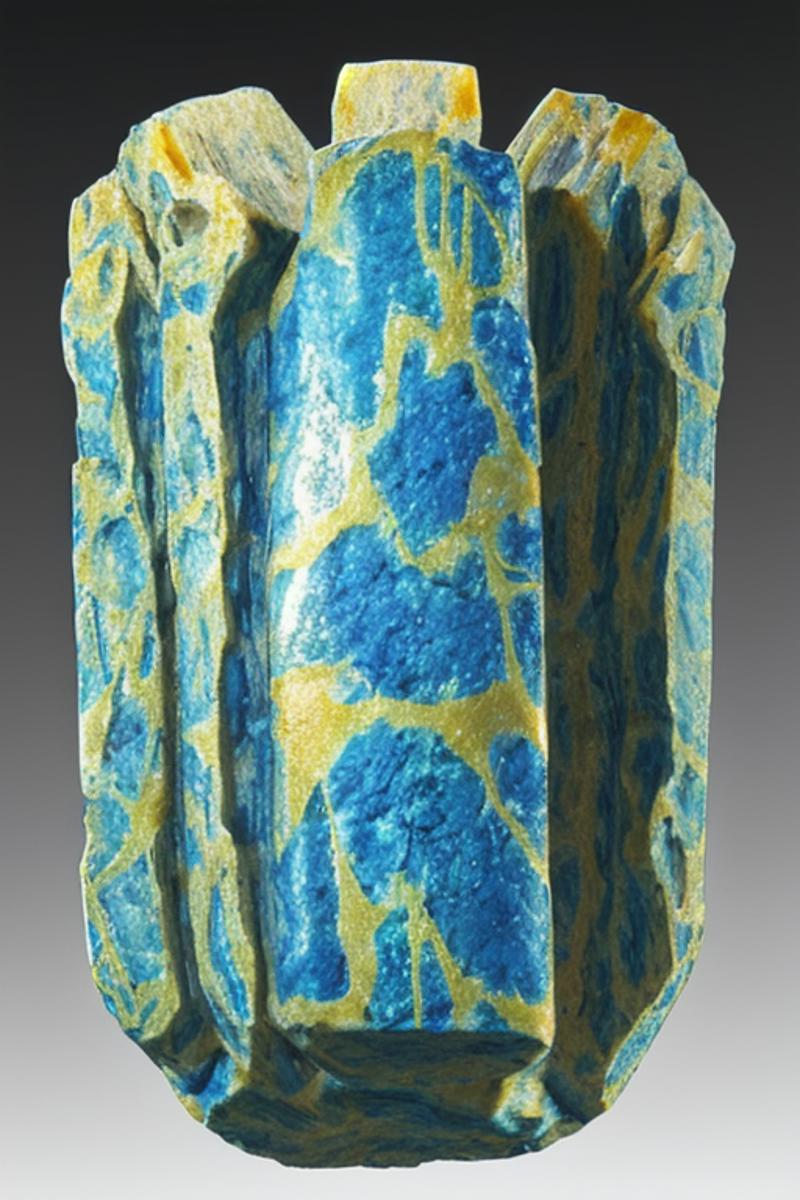
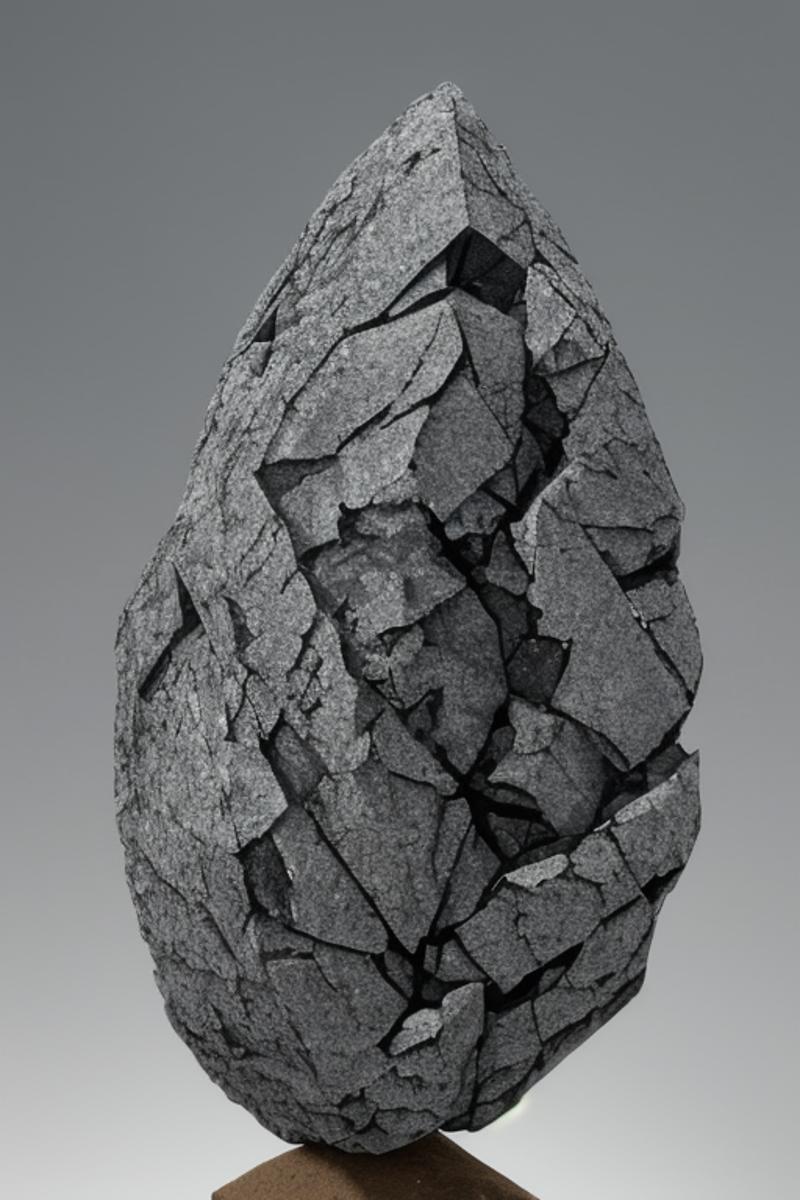
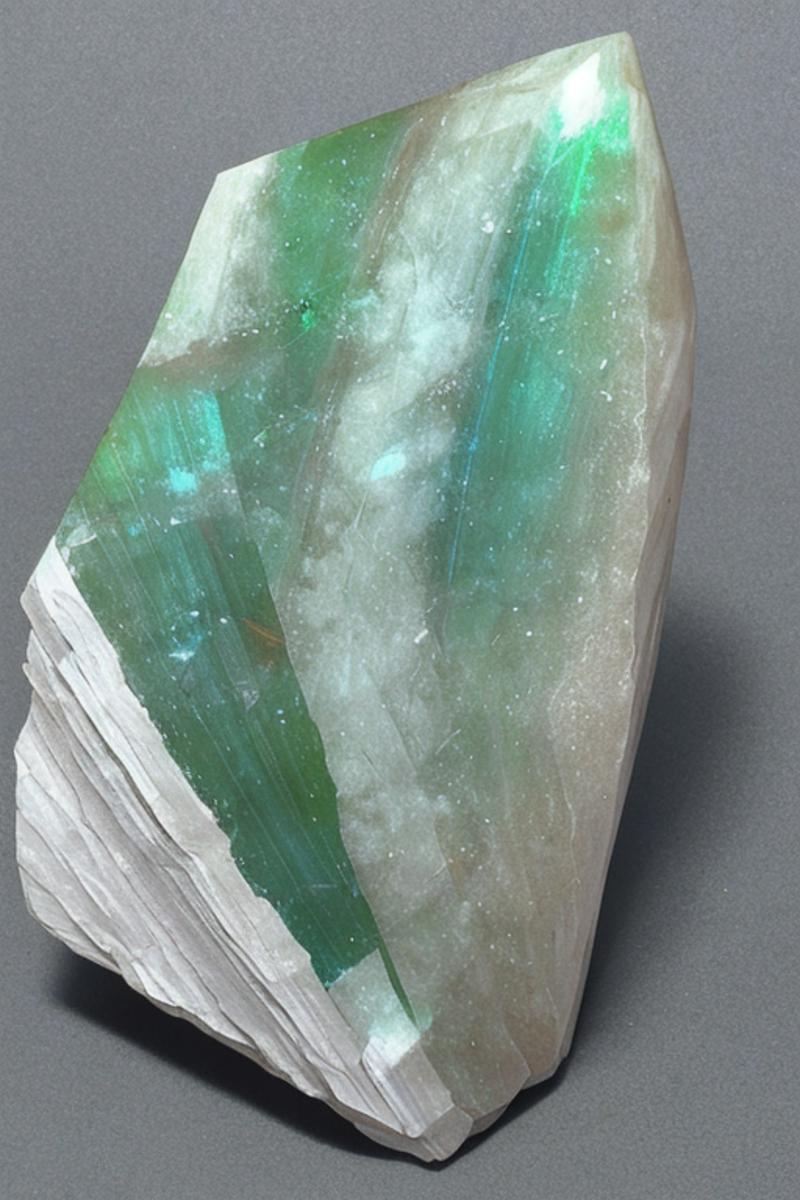
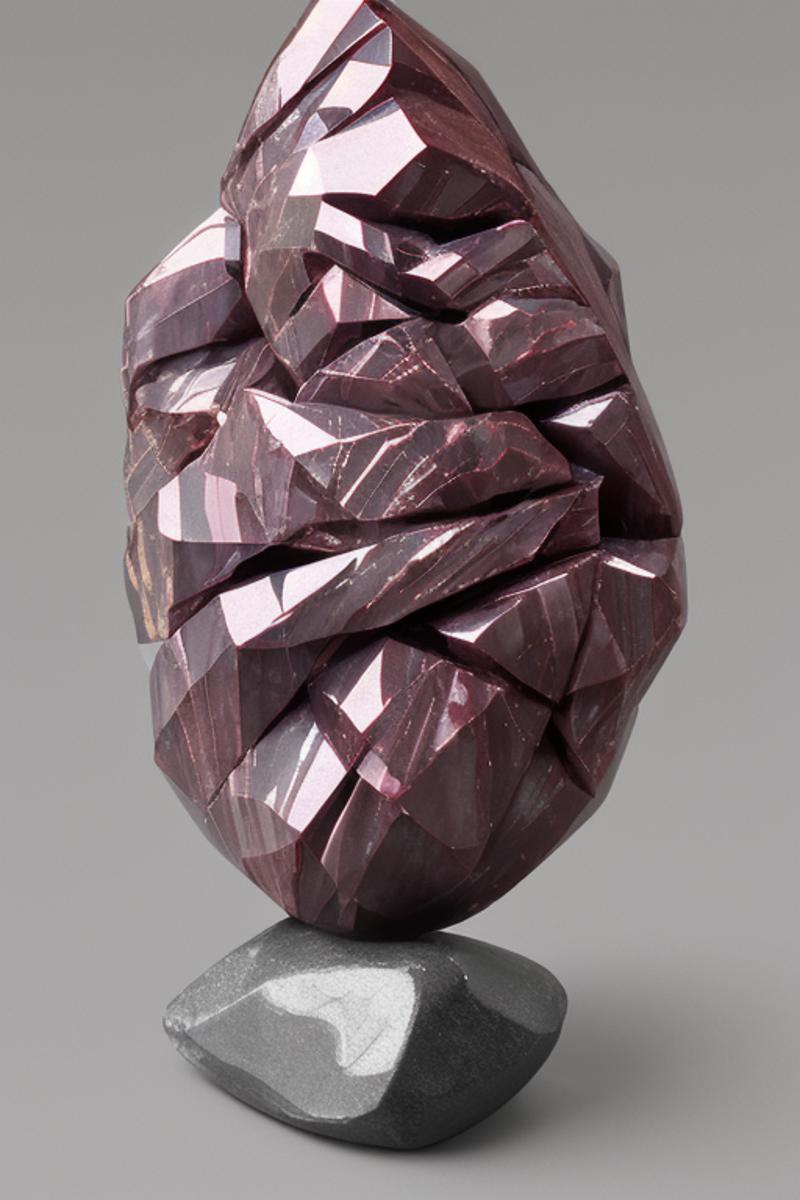
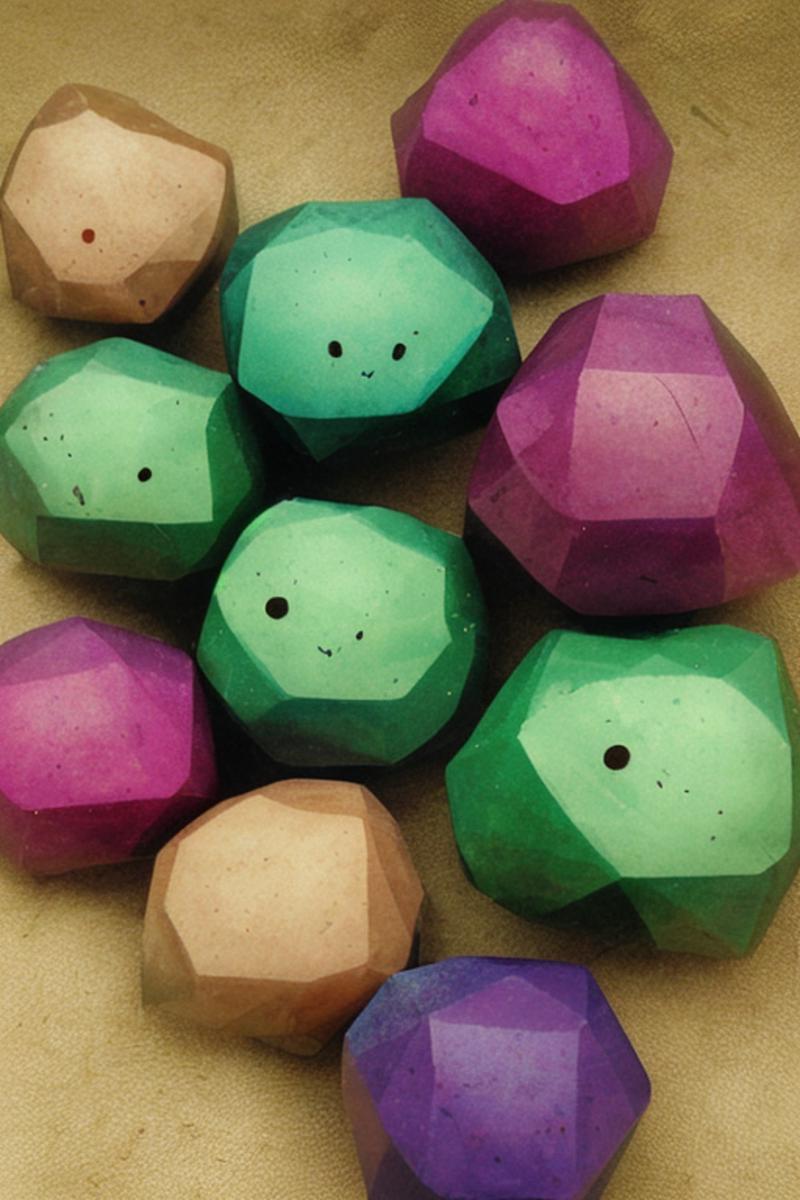
to create a unique mineral, it is enough to use some word or set of syllables and a postfix indicating SD that this is a mineral.
Here is a list of postfixes that perform this function with relative stability in the case of many upcoming words.
@@@bakite
@@@crinite
@@@beniite
@@@sinite
@@@ciniite
@@@cinite
@@@cretite
@@@paetite
replacing @@@ at the beginning of a word with some word or set of letters in many cases will provide its own specific material.
The above auxiliary postfixes often differ from each other in the parameters of texture, transparency and the property of light refraction, as well as some inclinations of texture and brightness of possible colors. So Pyrites usually have a very metallic tint and are often monotonous, Bakites have a soft color and are one of the most stable, Sinites tend to be bright and transparent.
Using this simple knowledge of SD alchemy, you can have fun searching for some non-existent mineral.
And if you really like it, then use it for your work as a pointer to the material of the element of the generated scene, or generate a dataset by the name of the material and train LoRa for the most flexible use of the mineral you like.
have a good time with shiny things!
(content generated and tested on 1.5 model and may differ from results in XL models)





